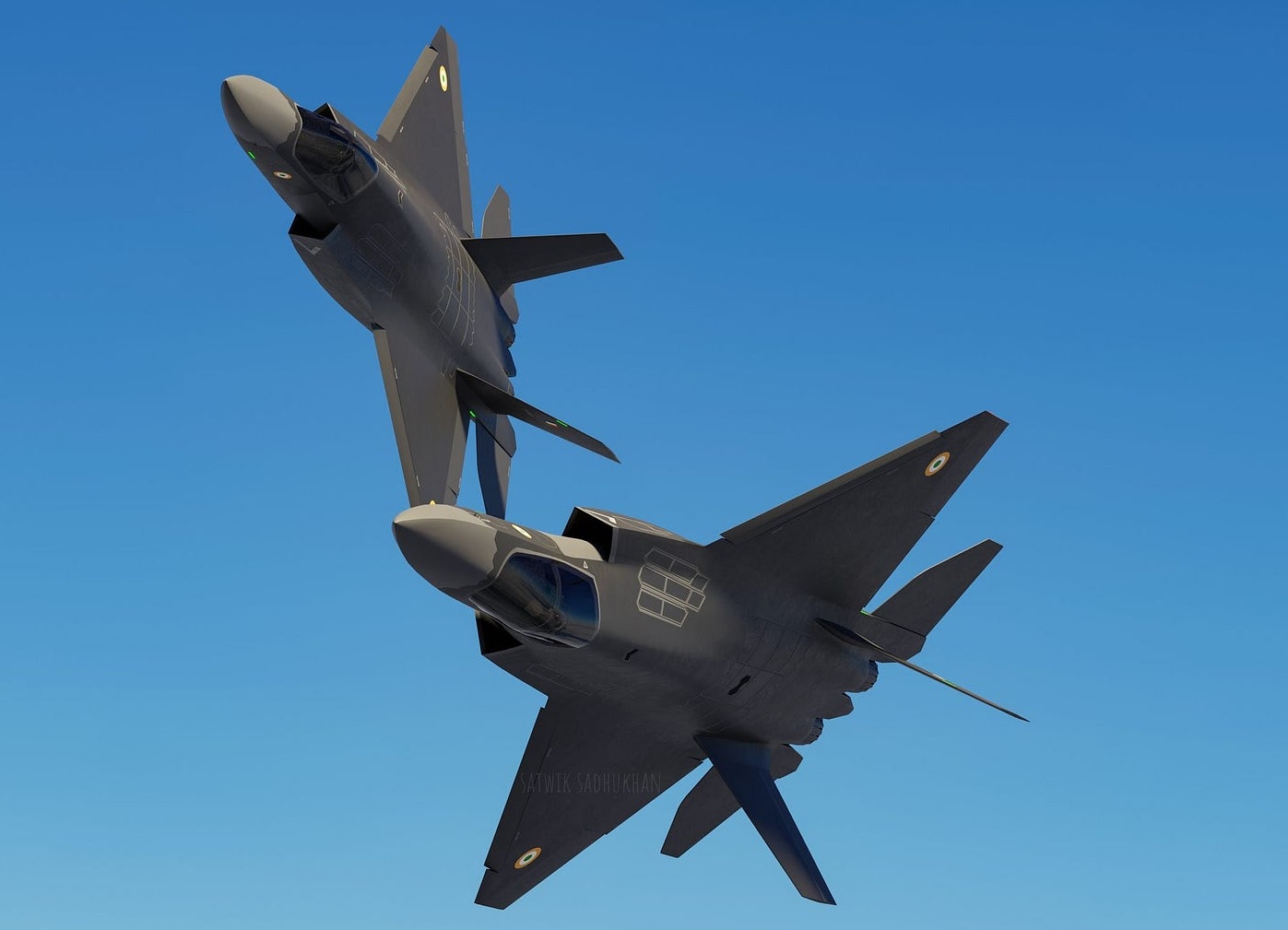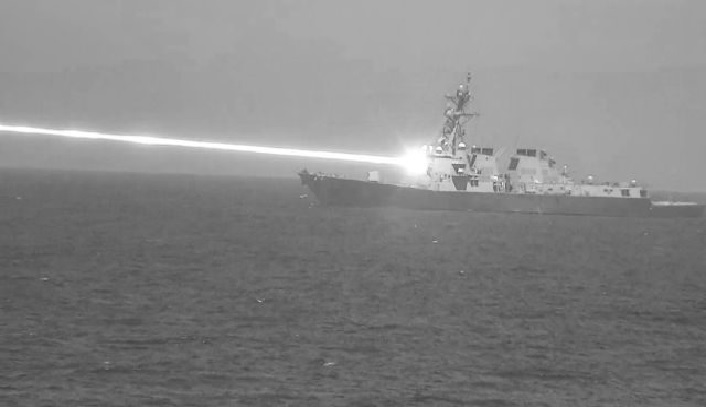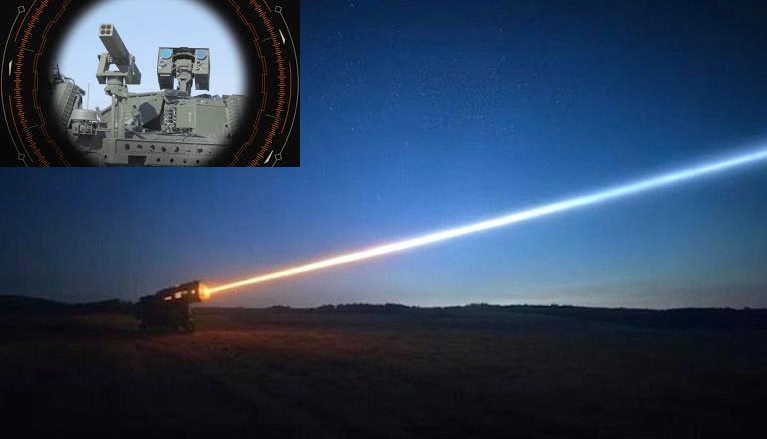India's AMCA Stealth Fighter: Exploring the Potential for a Two-Seat Variant to Control Combat Drones

India's ambitious Advanced Medium Combat Aircraft (AMCA) program, designed to produce a fifth-generation-plus stealth fighter, continues to garner attention for its cutting-edge features and evolving capabilities. Among the latest developments, there is speculation about the introduction of a two-seat variant specifically tailored for controlling unmanned combat aerial vehicles (UCAVs) like the Ghatak drone. If pursued, this could mark a major leap in integrating manned and unmanned platforms in modern warfare.
Why a Second Seat?
Unlike traditional two-seater fighter jets designed for training or operational conversion, the second seat in the AMCA is being considered for a dedicated Weapons System Officer (WSO). The role of this officer would be to coordinate and control drone swarms in combat scenarios. Managing UCAVs in high-intensity missions while piloting a stealth fighter is a complex task, and the second crew member would provide enhanced decision-making and operational flexibility.
The Aeronautical Development Agency (ADA), which is spearheading the AMCA project, has neither confirmed nor denied the possibility of a two-seat variant but has acknowledged the operational advantages such a configuration could provide. With the Indian Air Force (IAF) focusing on network-centric warfare and advanced capabilities, the concept of seamlessly integrating drones with manned platforms has become a priority.
Stealth Challenges of a Two-Seater
The inclusion of a second seat in the AMCA poses significant design and engineering challenges, primarily related to maintaining its stealth characteristics. Stealth aircraft rely heavily on their shape, internal systems, and specialized materials to achieve a low radar cross-section (RCS). Adding a second seat could disrupt the sleek geometry and necessitate extensive reengineering of the airframe.
To overcome this, engineers would need to:
- Optimize the fuselage design: Incorporate the second seat while maintaining smooth contours to deflect radar waves.
- Use advanced radar-absorbing materials: Ensure that additional components introduced for the second seat do not compromise the stealth coating.
- Redesign internal systems: Modify avionics, cooling systems, and other subsystems to accommodate a larger crew compartment without increasing detectability.
These adjustments would also add to the program's development costs and timelines, making it a critical decision for policymakers and the IAF.
AMCA Specifications
The AMCA, which is being developed in two phases—Mark 1 and Mark 2—is expected to rival the world's most advanced stealth fighters. Here are some of its anticipated specifications:
- Generation: 5.5-generation fighter with stealth features and advanced avionics.
- Engines: Powered by twin engines, with the Mark 1 utilizing GE-F414 engines and Mark 2 expected to feature an indigenous 110kN-class engine under development.
- Stealth Design: Incorporates an internal weapons bay, serpentine air intakes, and radar-absorbing materials.
- Maximum Speed: Estimated at Mach 1.8.
- Range: Over 3,000 kilometers with in-flight refueling capabilities.
- Weapons: Equipped with advanced air-to-air missiles, precision-guided munitions, and potential integration with directed-energy weapons in the future.
- Avionics: Features advanced sensors, electronic warfare systems, and artificial intelligence for enhanced situational awareness.
Strategic Vision: Manned-Unmanned Teaming
One of the AMCA program's long-term objectives is manned-unmanned teaming (MUM-T), where pilots operate alongside UCAVs in coordinated missions. This aligns with global trends, as countries like the United States are developing similar capabilities with their Loyal Wingman drone concept and two-seat stealth fighters like the F-15EX.
AI is expected to play a significant role in drone management, potentially eliminating the need for a second seat. However, in complex and rapidly evolving combat scenarios, human judgment remains unparalleled, which strengthens the case for a dedicated WSO.
A Game-Changing Capability
If India proceeds with a two-seat AMCA, it would join an elite group of nations capable of fielding such an advanced aircraft. The capability to control combat drones from a stealth fighter could redefine the IAF's operational doctrine, providing a decisive edge in network-centric warfare. However, the decision hinges on careful analysis of cost, performance trade-offs, and strategic advantages.
The AMCA program represents a critical step in India's journey toward self-reliance in defense technology. Whether the two-seat variant becomes a reality or not, the aircraft is poised to bolster India's air power and stand as a symbol of indigenous innovation on the global stage.



